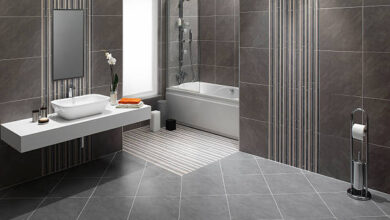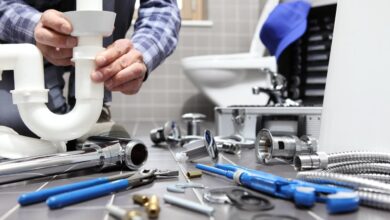Ensuring a Smooth Furnace Installation: Steps to Prepare Your Home

Preparing your home for furnace installation is crucial to ensuring the efficiency, safety, and longevity of your heating system. Whether replacing an old unit or installing a new one, proper preparation can streamline the process and minimize disruptions to your daily routine. We will explore the essential steps homeowners should take before Flow-Tech Plumbing & Heating, Inc. of Fort Wayne installs a furnace.
Assessment and Planning
Before the installation date, thoroughly assess your current heating system and the installation area. Clear the space around the furnace location to provide easy access for the installation team. Ensure any obstacles or clutter are removed to facilitate a smooth installation process. Additionally, check the existing ductwork and ventilation pathways to ensure they are in good condition and adequately sized for the new furnace.
Utility Connections and Safety Measures
Verify that all necessary utility connections are accessible and in good working order. This includes gas lines, electrical connections, and any venting systems required for the furnace. It is essential to have a professional inspect and, if needed, update these connections to meet current safety standards. Ensure that the installation area is well-ventilated and free from combustible materials to prevent hazards during and after installation.
Preparing the Installation Site
Prepare a designated area for the new furnace and ensure it meets the manufacturer’s specifications for clearance and ventilation. This may involve creating a level base or platform for the stove to sit on, typically made from concrete, metal, or another suitable material. Adequate space should be left around the unit for future maintenance and repairs. Additionally, ensure that the installation site is clean and debris-free to prevent any interference with the installation process.
Communication with the Installation Team
Effective communication with the furnace installation team ensures a successful and timely installation. Coordinate with the company to confirm the installation date and any specific requirements they may have. Discuss any concerns or questions regarding the installation process, such as timeline, equipment placement, or post-installation support. Clear communication helps to align expectations and allows the team to address any potential challenges proactively.
Post-Installation Inspection and Testing
Once the furnace is installed, conduct a thorough inspection and testing with the installation team. Verify that the unit operates correctly and efficiently, including testing the thermostat and safety controls. Address any concerns or issues immediately to resolve them before the installation team leaves your home. Take note of any warranties or guarantees the company provides and keep documentation for future reference.
Ensuring Safety and Compliance
Safety should always be a priority when preparing for a furnace installation. Ensure the installation team follows all local building codes and manufacturer guidelines. This includes proper ventilation, clearances around the furnace, and adherence to electrical and gas safety standards. Obtain the permits your local authorities require before the installation begins. Address potential hazards, such as asbestos or lead-based paint, by consulting professionals who can safely handle these materials before installation.
Preparing for Disruptions
Furnace installations can temporarily disrupt your household routine, especially if replacing an old unit or requiring extensive ductwork adjustments. Plan for potential disruptions by discussing the installation timeline with the company and arranging alternative heating sources if needed. Clear the installation area and adjacent rooms of valuable or delicate items to prevent accidental damage during installation. Communicate any specific scheduling preferences or restrictions with the installation team to minimize inconvenience.
Post-Installation Maintenance and Care
After the installation, establish a regular maintenance schedule to keep your furnace operating efficiently. This includes changing air filters regularly, inspecting ductwork for leaks or obstructions, and scheduling annual tune-ups by HVAC professionals. Familiarize yourself with the manufacturer’s recommendations for furnace care and troubleshooting common issues, such as unusual noises or fluctuations in heating performance. Proper maintenance not only extends the lifespan of your furnace but also ensures optimal energy efficiency and indoor comfort throughout the year.
Ensuring Energy Efficiency
Optimizing energy efficiency is essential when preparing for a furnace installation. Choose a furnace model that is Energy Star certified or meets high-efficiency standards to reduce energy consumption and lower utility bills. Additionally, consider upgrading insulation in your home and sealing any drafts around windows, doors, and ductwork to improve efficiency further. Properly sizing the furnace for your home’s heating demands ensures optimal performance and prevents unnecessary energy waste. By prioritizing energy efficiency during preparation, homeowners can enjoy long-term savings and environmental benefits from their new furnace installation.
Preparing your home for a furnace installation involves careful planning, assessment, and communication with the installation team. By following these steps, homeowners can ensure a smooth and efficient installation process that enhances the performance and lifespan of their heating system. Remember to prioritize safety by verifying utility connections and ventilation requirements before installation. With proper preparation, you can enjoy the benefits of a well-installed furnace that provides reliable heating for years.




